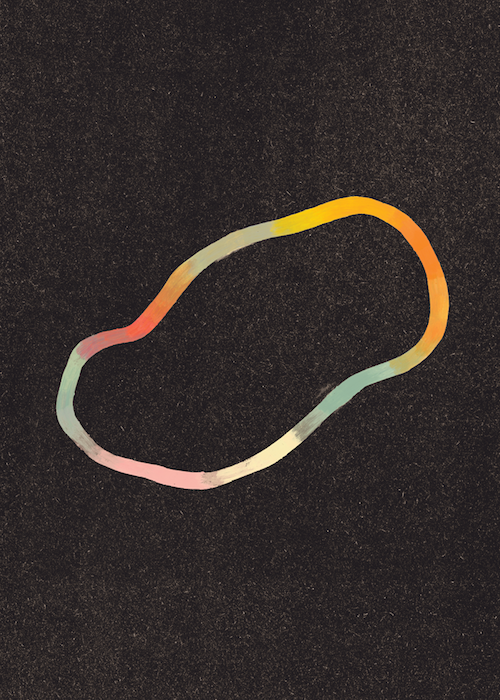
+ visual vocabulary
paintings and drawings by Alexandra Levasseur
Great series of works by Alexandra Levasseur, I love the fragmented elements, obscured figures, scrawls and scribbles. These fragments and random doodle-like scrawls is reminiscent of the constant stream of thought. Shapes and lines form symbols that help to tell a story, to illustrate a memory. (i.e automatism)
automatism
Technique first used by Surrealist painters and poets to express the creative force of the unconscious in art.
In the 1920s the Surrealist poets André Breton, Paul Éluard, Robert Desnos, Louis Aragon, and Philippe Soupault tried writing in a hypnotic or trancelike state, recording their train of mental associations without censorship or attempts at formal exposition. These poets were influenced by Freudian psychoanalytic theory and believed that the symbols and images thus produced, though appearing strange or incongruous to the conscious mind, actually constituted a record of a person’s unconscious psychic forces and hence possessed an innate artistic significance.
(from britannica)











